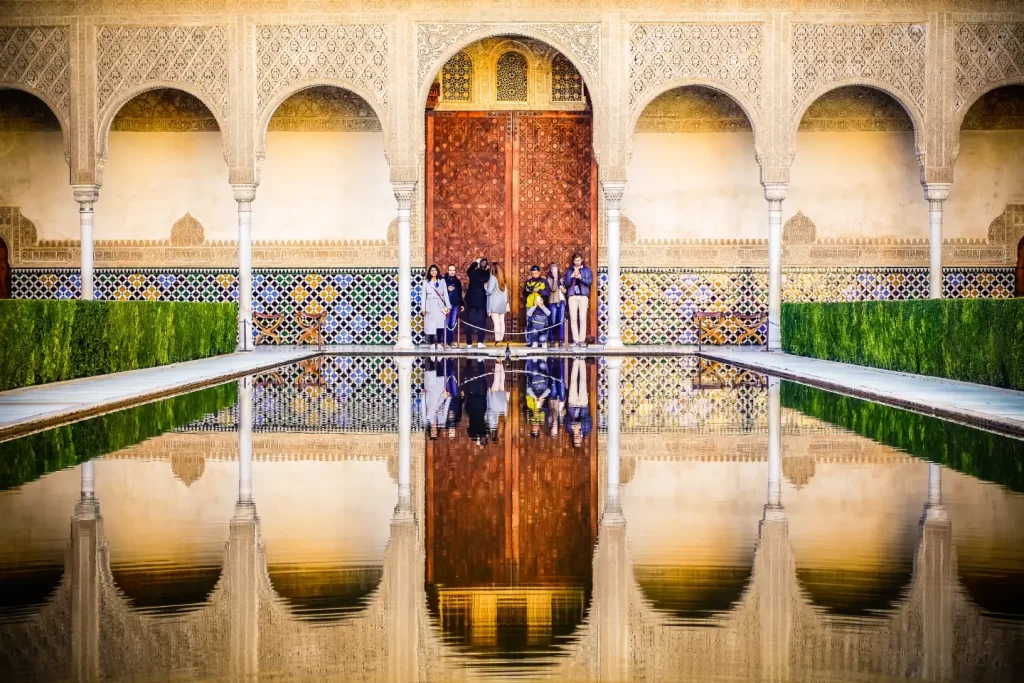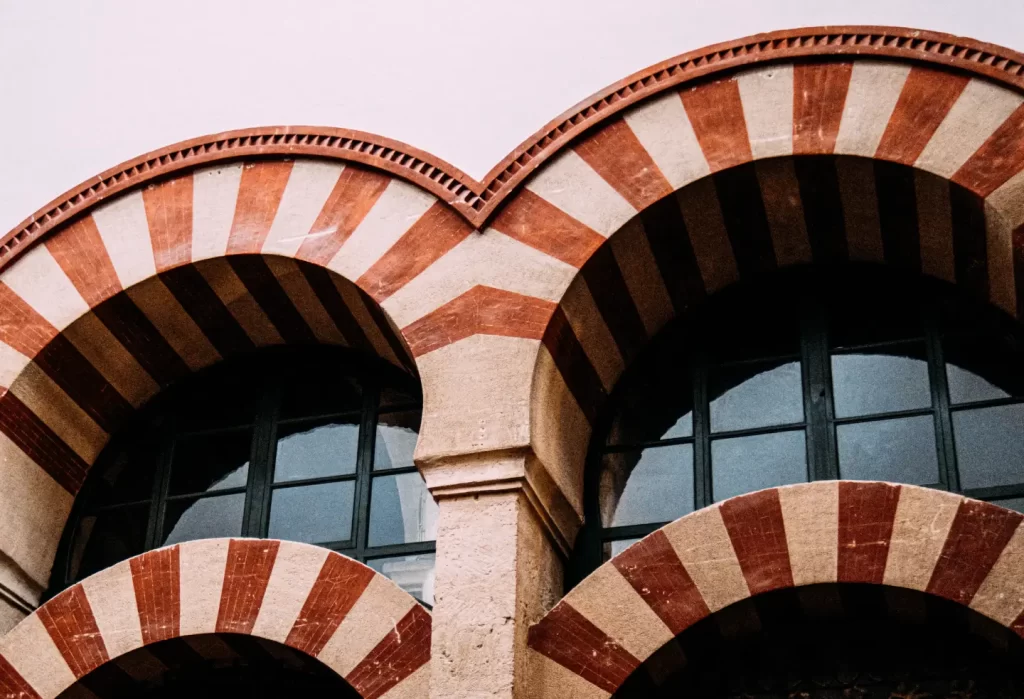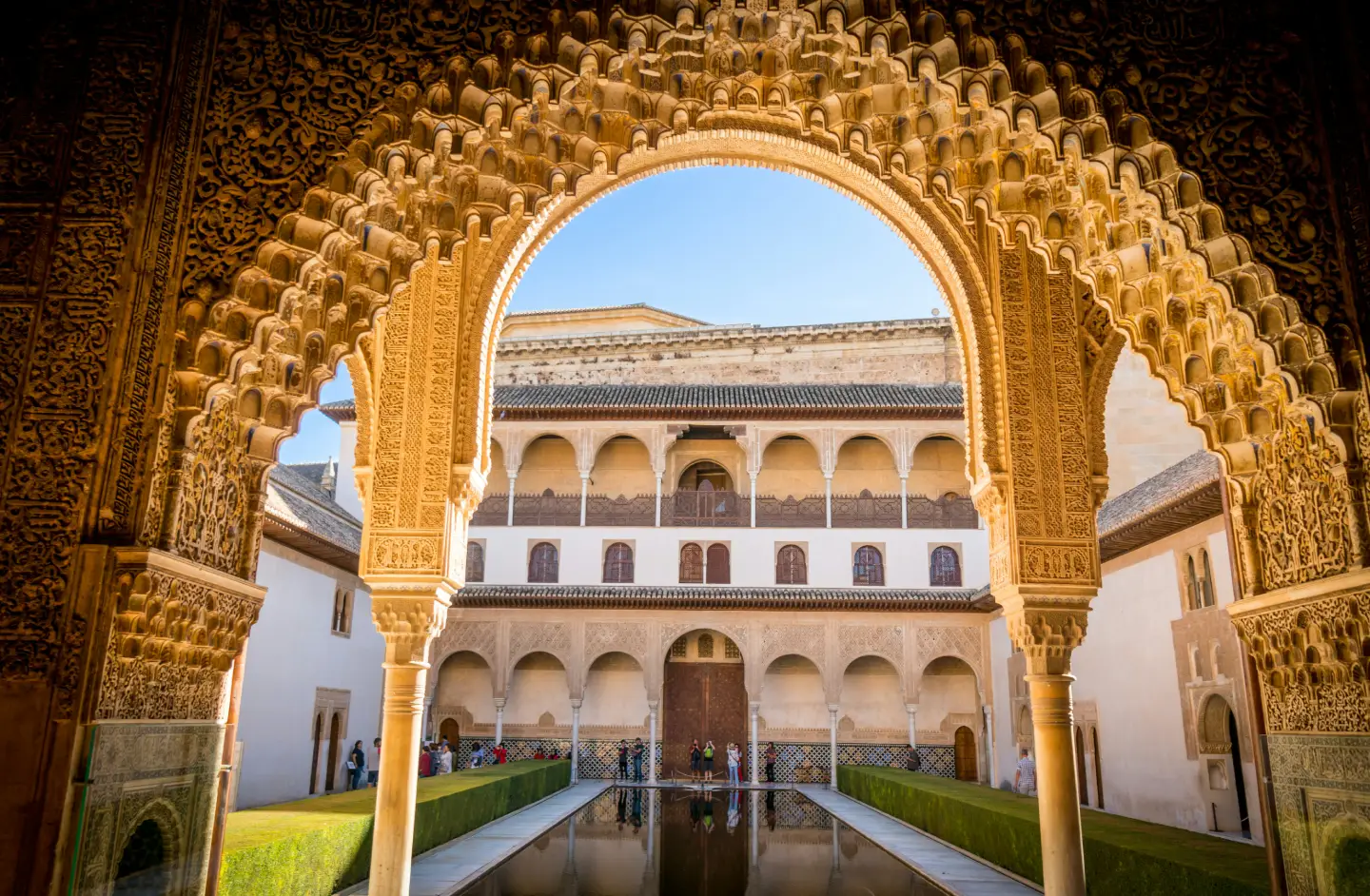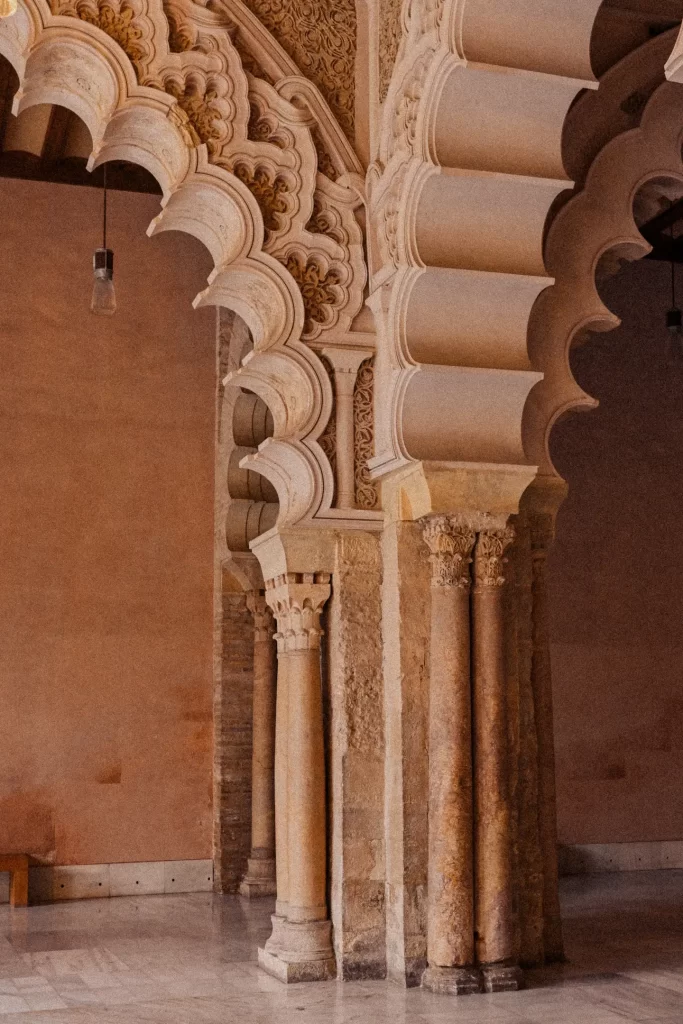Examining the Influence of Moorish Architecture
Introduction
Moorish architecture, born from a unique blend of cultural influences, is a testament to the rich history of North Africa and the Iberian Peninsula. This architectural tradition, characterized by its intricate details and artistic brilliance, has left an indelible mark on structures across various regions. In this exploration, we delve into the origins, development, key characteristics, regional impact, enduring legacy, and the contemporary relevance of Moorish architecture.

Origins and Development
Historical Context
Moorish architecture emerged from a historical context of cultural exchange, particularly during the Islamic Golden Age. This period saw the convergence of Islamic, Mesopotamian, Persian, Byzantine, Berber, and Iberian influences, shaping the unique characteristics of Moorish architecture.
Architectural Exchange
Elements from Islamic art and architecture, such as horseshoe arches and intricate geometric patterns, played a pivotal role in shaping Moorish structures. Contributions from Berber and Iberian artistic traditions further enriched this architectural style.
Stages of Development
The development of Moorish architecture unfolded through various stages, marked by influences from different regions and periods. Understanding these stages is crucial to appreciating the diversity within Moorish structures.

Architectural Characteristics
Distinctive Elements
Moorish architecture boasts distinctive elements that set it apart from other architectural styles. These include the use of horseshoe arches, pointed arches, and multi-foil arches, creating a visually captivating and structurally sound design.
Ornate Decoration
The intricate decoration is a hallmark of Moorish architecture, featuring arabesque patterns, geometric designs, and detailed tilework. These ornate details showcase the craftsmanship and artistic excellence inherent in Moorish structures.
Functional Elements
Functional elements like central courtyards, hypostyle halls with forests of columns, and muqarnas (intricately carved vaulting) serve both practical and symbolic purposes. Courtyards provide light and ventilation, while muqarnas contribute to the aesthetic allure.
Influence on Different Regions
Impact on Spain
Moorish architecture left an indelible mark on Spain, with iconic examples like the Alhambra, the Great Mosque of Cordoba, and the Generalife Gardens. These structures showcase the adaptability and brilliance of Moorish design in the Iberian context.
Presence in Portugal
In Portugal, Moorish influence is evident in structures like the Moorish Walls of Lisbon and the Castelo De Silves, and Castelo De Paderne in the Algarve. The adaptation of Moorish elements reflects the cultural interchange between the two regions.

Influence in North Africa
North Africa bears witness to Moorish architecture’s impact, with notable examples including the Koutoubia Mosque in Marrakesh and the Great Mosque of Algiers. These structures showcase the enduring legacy of Moorish design in its original cultural context.
Legacy in Sicily
Sicily, with its historical connections to Islamic rule, exhibits Moorish architecture in structures like the Monreale Cathedral and the Cefalù Cathedral. The adaptation of Moorish elements in Sicilian architecture underscores the lasting influence across diverse regions.

Enduring Legacy
Moorish architecture’s influence endures in contemporary design and aesthetics. Modern buildings, like the Burj Al Arab in Dubai, showcase elements inspired by Moorish architecture. The fusion of traditional motifs with contemporary structures exemplifies the timeless allure of Moorish design.
Conclusion
In conclusion, Moorish architecture stands as a testament to cultural exchange, artistic brilliance, and enduring legacy. From its origins in North Africa to its widespread influence in Spain, Portugal, North Africa, and beyond, Moorish architecture continues to captivate and inspire. The timeless beauty of horseshoe arches, intricate decorations, and functional elements in courtyards and halls invite contemporary architects and enthusiasts alike to appreciate the richness of this architectural tradition.

Key Takeaways
Key Point
- Moorish architecture originated from a fusion of Islamic, Berber, and Iberian influences.
- Key characteristics include distinctive arches, intricate decorations, central courtyards, hypostyle halls, and muqarnas.
- Moorish architecture evolved through various periods, adapting to cultural contexts in Spain, Portugal, North Africa, and Sicily.
- Its enduring legacy is reflected in modern structures globally, drawing inspiration from Moorish elements.
FAQs
Q: What are the key characteristics of Moorish architecture?
Moorish architecture is characterized by distinctive arches, intricate decorations, central courtyards, hypostyle halls with columns, and muqarnas (intricately carved vaulting).
Q: What are some famous examples of Moorish architecture in Spain?
Iconic examples in Spain include the Alhambra, the Great Mosque of Cordoba, and the Generalife Gardens.
Q: Where can I see Moorish architecture in North Africa?
Notable examples in North Africa include the Koutoubia Mosque in Marrakesh and the Great Mosque of Algiers, reflecting the enduring legacy of Moorish design.
Q: Is Moorish architecture still relevant today?
Yes, Moorish architecture continues to influence contemporary design globally, as seen in modern structures like the Burj Al Arab in Dubai, which draw inspiration from Moorish elements.
Uncover the fascinating tales of exploration, courage, and maritime triumphs that defined this pivotal era in Portuguese history in Shedding Light on Portugal’s Age of Discoveries.


